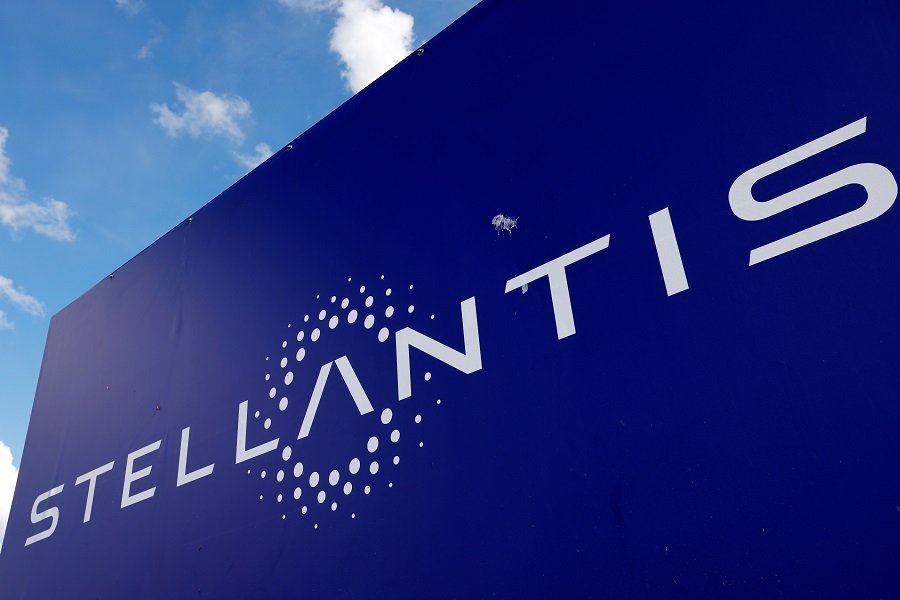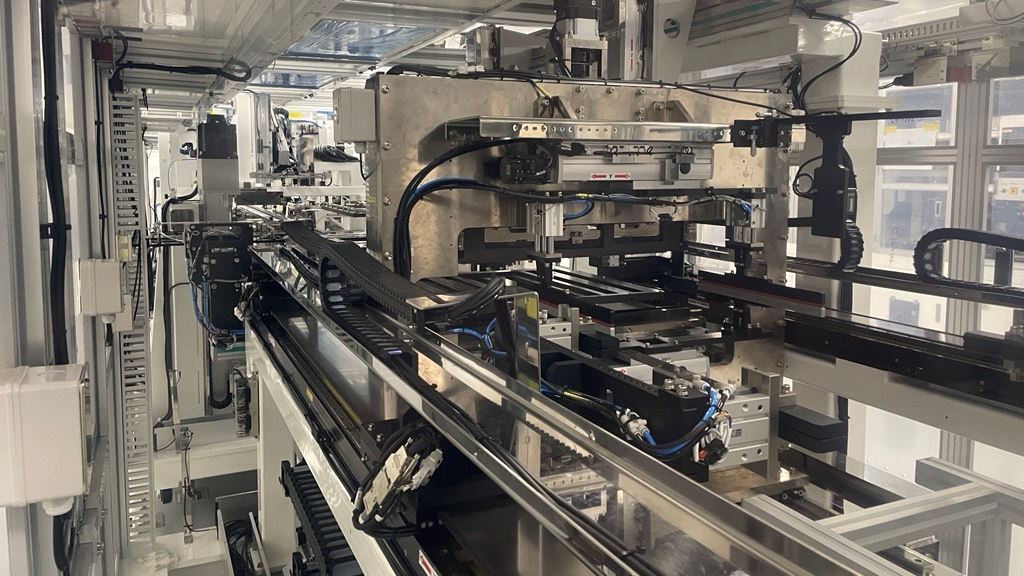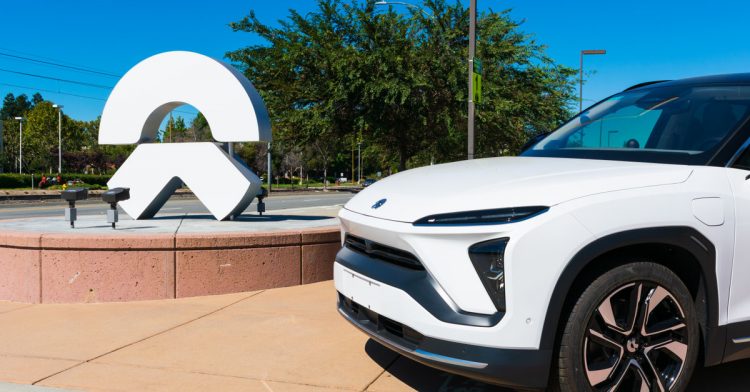United States Department of Energy has unveiled a funding initiative, PROPEL-1K (Pioneering Railroad, Oceanic and Plane Electrification-1K), offering up to $30 million in support. This program seeks to stimulate research and development efforts focused on innovative energy storage solutions that can surpass current state-of-the-art options by achieving a remarkable >4x improvement in performance.
The technical scope of the PROPEL-1K program encompasses electrochemical and chemical innovations that eliminate the need for hydrocarbon-based fuels, whether they are fossil-derived or synthetic. The primary objective is to attain energy storage system (ESS) solutions that can deliver 1000 Watt-hour per kilogram (Wh/kg) and 1000 Watt-hour per litre (Wh/L) capabilities at the end of life and at the net ESS level. These specifications are commonly referred to as “1K” technologies.
See also: Mercedes-Benz eCitaro electric bus gets hydrogen-based fuel cell as range extender
What sets PROPEL-1K apart is its focus on technologies that break away from conventional electrochemical device paradigms and short-term technological roadmaps. The overarching goal is to develop exceptionally high-energy storage solutions that have the potential to facilitate widespread electrification across the aviation, railroad, and maritime transportation sectors.
The program envisions specific targets for each sector it aims to electrify. In the aviation domain, the goal is to enable regional flights covering distances of up to 1000 miles with aircraft capable of carrying up to 100 passengers. Railroads are expected to undergo electrification, resulting in electrified travel across North America with reduced stops and infrastructure requirements for charging and refueling. In the maritime sector, the objective is to electrify all vessels exclusively operating within US territorial waters. Lastly, the truck segment aims to enhance the range and freight capacity of electric trucks.
See also: Nexeon to Supply High-Energy Silicon Anode Material to Panasonic’s New U.S. Plant in 2025
PROPEL-1K has further defined its objectives by establishing two distinct development tracks. These tracks are primarily differentiated based on peak power capability, continuous power capability, required system voltage, and levelized cost of storage (LCOS) targets. Category A focuses on achieving higher peak power and continuous power capabilities with a greater LCOS category, primarily aimed at electric aircraft. On the other hand, Category B targets lower peak power and continuous power capabilities with a reduced LCOS category, primarily intended for electrifying railroads and ships.







